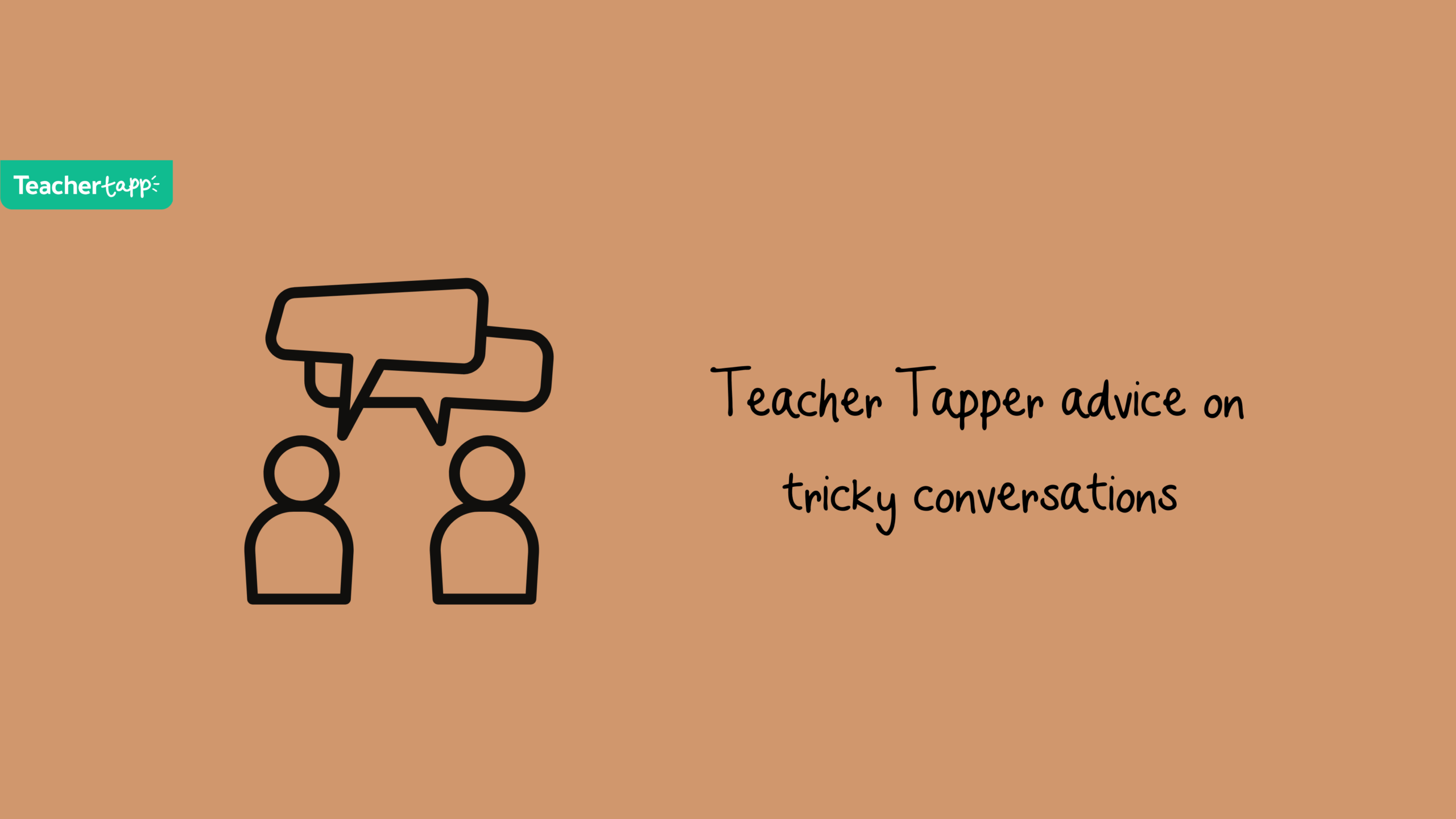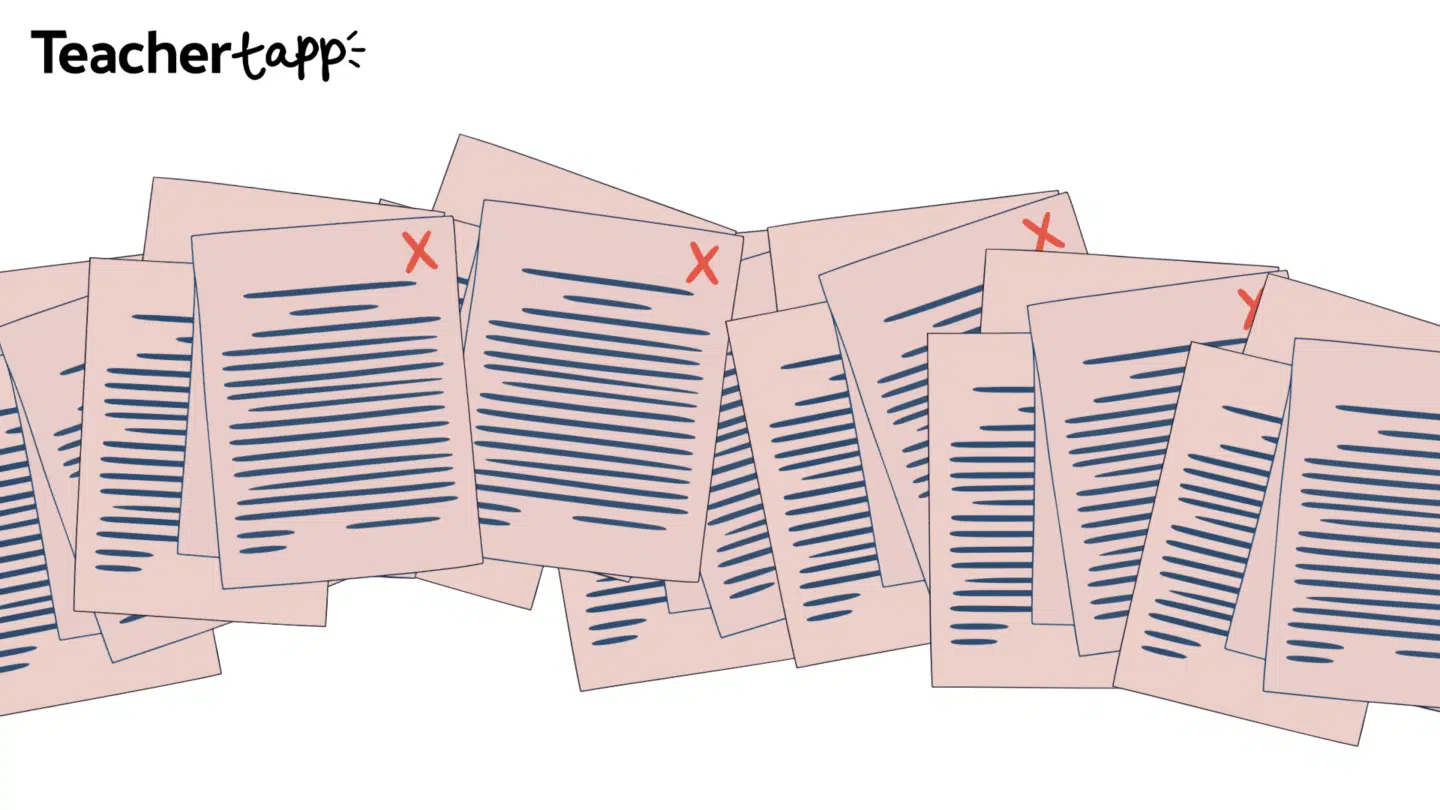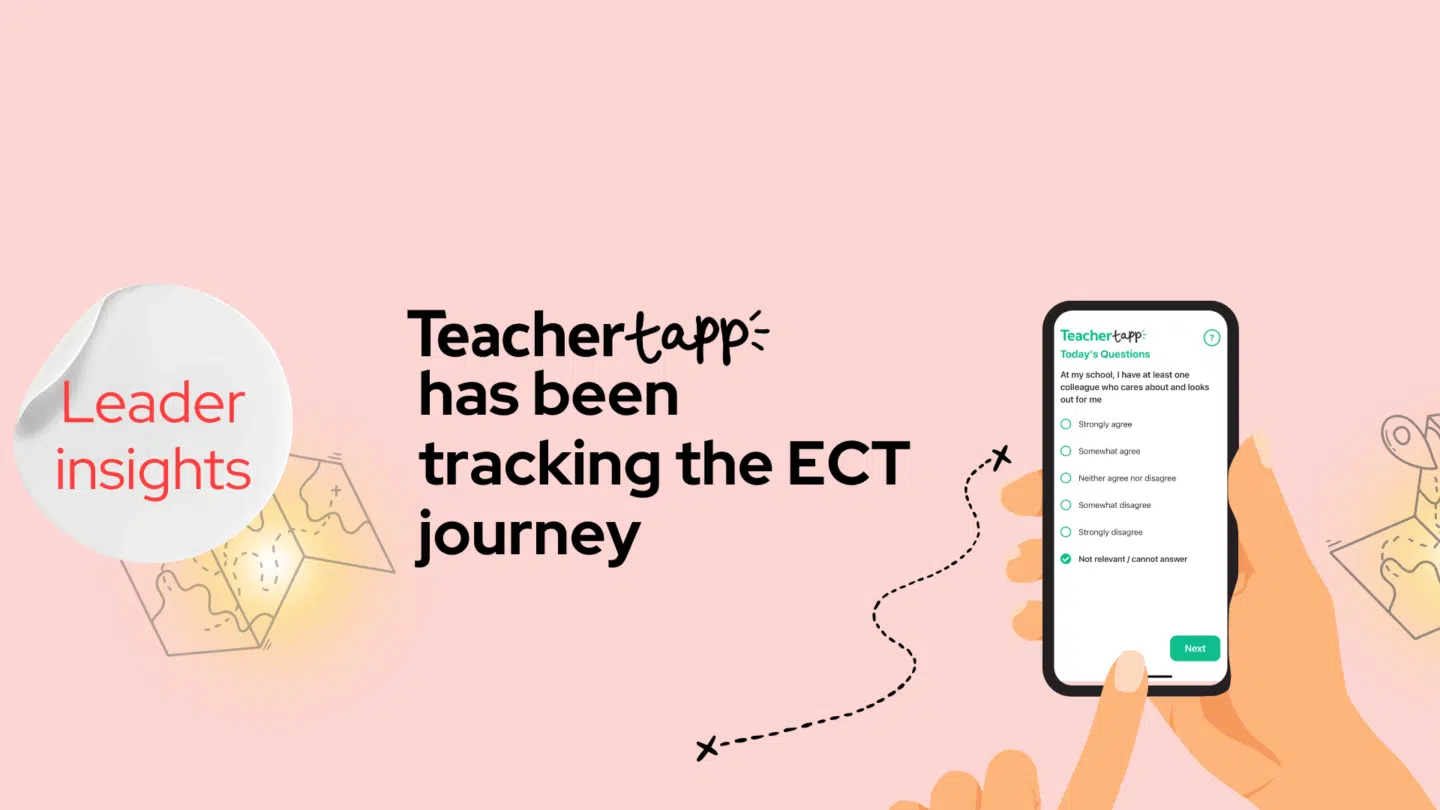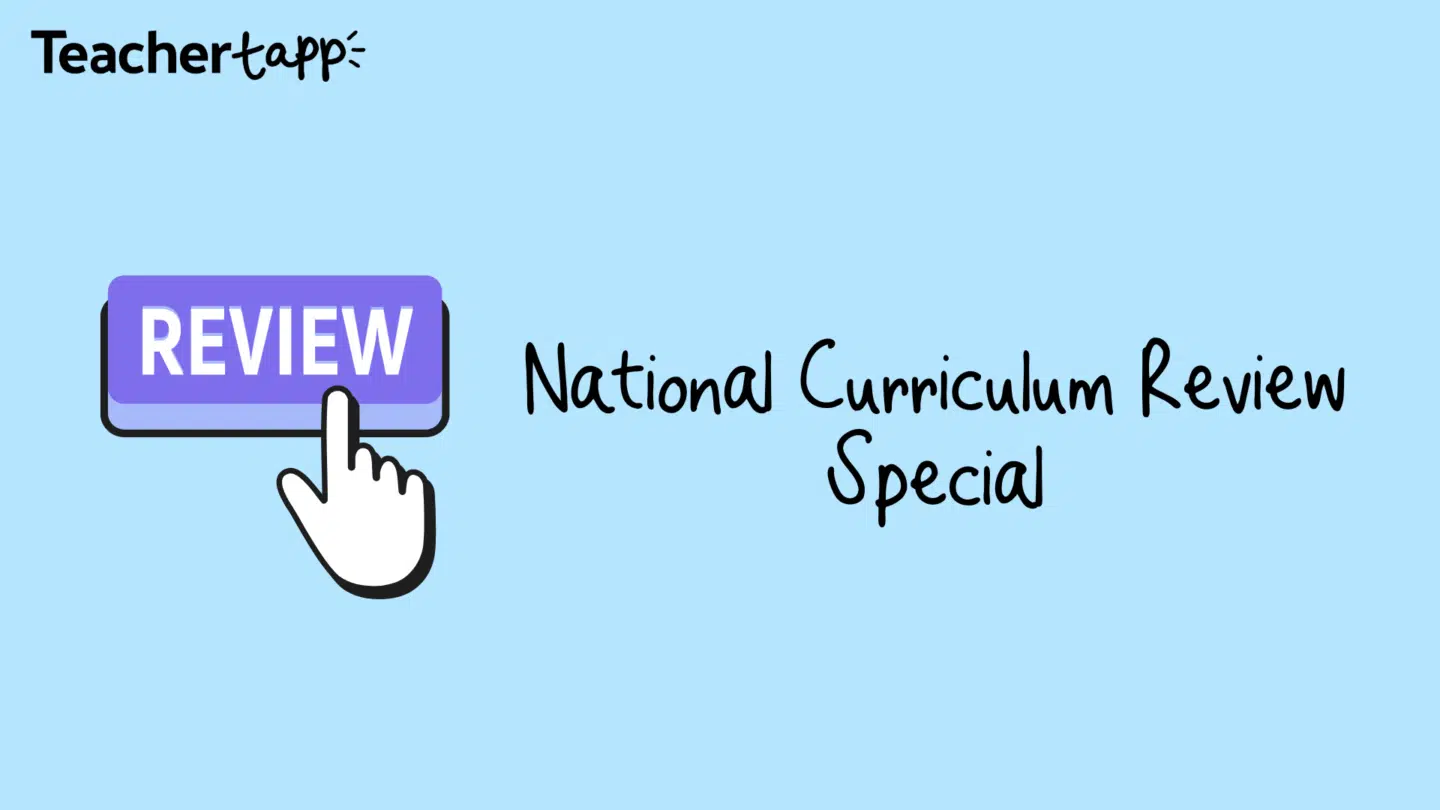Difficult conversations are part of school life — but that doesn’t make them any easier. Whether it’s addressing performance, misunderstandings, or tricky behaviour, the way you approach the conversation can make all the difference.
We asked 708 school leaders for their top tips, and we sorted their advice into three tried-and-tested approaches teachers told us they use, with their best advice for before, during and after the chat.
1. The Solution-Focused Approach
Best for: performance issues or when you need a clear, constructive way forward.
Before
- Get your facts straight. “Stick to facts and logical consequences.”
- Script your key points. “Write down the key things you want to articulate beforehand.”
- Choose timing carefully. “Think carefully about the best time and place… and don’t have the conversation last thing on Friday.”
During
- Be clear but kind. “Be honest and very clear about the issue.”
- Keep it professional. “Be factual and evidence/event based – not personal.”
- Co-create next steps. “Go with solutions not just problems.” / “Together make an action plan.”
After
- Confirm in writing. “Follow up with an email… it creates a paper trail.”
- Reconnect positively. “Try and make contact with them again over something positive.”
2. The Coaching / Curiosity Approach
Best for: misunderstandings or when you need to understand their perspective.
Before
- Prepare to listen. “Be curious – don’t assume but be clear on your facts.”
- Plan open questions. Try “Help me understand what happened…” rather than jumping straight in.
During
- Lead with empathy. “Approach with empathy, clarity and professionalism. Understand their perspective. Understand the ‘why’.”
- Reflect back. “Listen to them and repeat back key points to show understanding.”
- Use “I” not “you”. “Use ‘I’ve noticed X’ to keep it from feeling like an attack.”
After
- Offer support. “Offer support on making changes.”
- Schedule follow-up. “Arrange another meeting” to check progress.
3. The Feedback Sandwich
Best for: first conversations or when you want to preserve confidence.
Before
- Note genuine positives. “Give something that you know is good about them/what they do.”
- Practise your words. “Rehearse what is going to be said before you have the conversation.”
During
- Follow the structure: start positive, raise the issue, finish positive.
- “Start with a positive, then raise the issue, then try to find a positive.”
- Make the way forward clear. “End with a clear way forward.”
After
- Keep encouragement going. “Talk through resolutions to the issue.”
- Monitor with kindness. Offer feedback regularly so it doesn’t build up again.
Pitfalls to Avoid
Teachers also warned about what not to do:
- “Don’t try to do it by email!”
- “Don’t beat about the bush.”
- “Don’t make it personal.”
- “Don’t discuss it with other colleagues first.”
Final Thought
No one enjoys difficult conversations, but they don’t have to be dreaded. As one teacher summed it up:
“It isn’t a reflection on them as an individual — it’s a check-in to see why something is going wrong and come up with a plan to fix it together.”
With honesty, empathy, and a clear plan, these conversations can become moments of real professional growth — for both sides.





